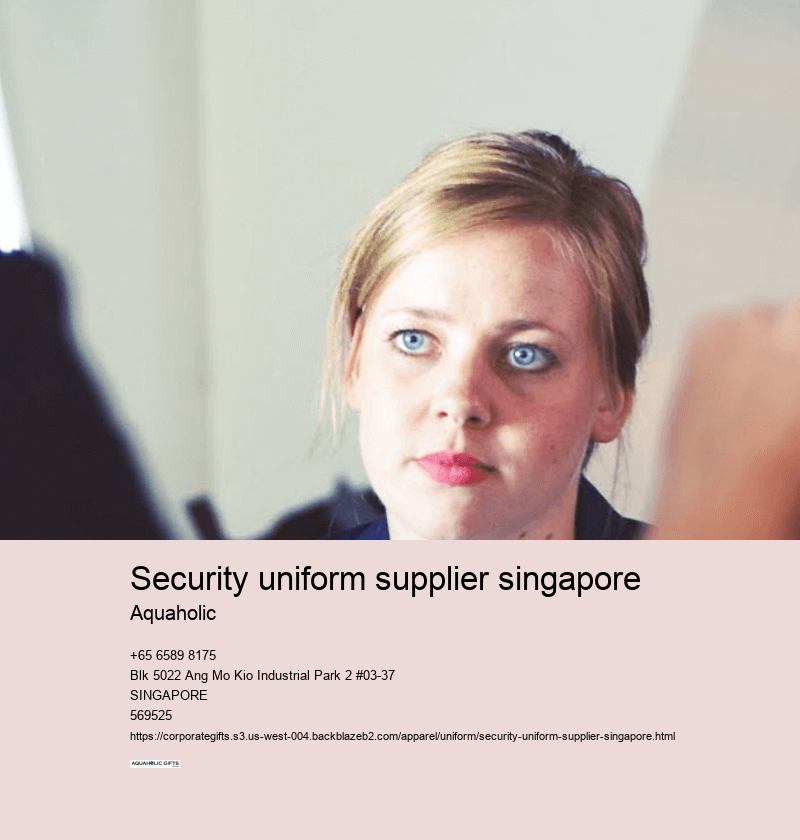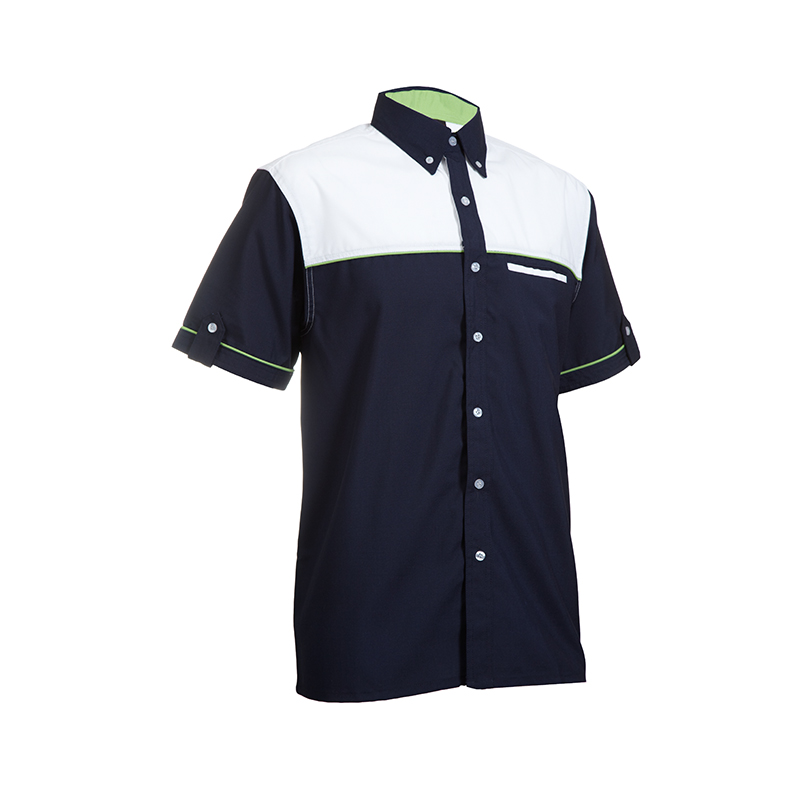security uniform supplier singapore
designing uniforms
The place where the logo is anchored on the uniform plays a crucial part in attracting attention and imprinting the brand's image on the minds of viewers. Let's break out the sails to navigate the complicated archipelago that is uniform logos. Before deciding on an uniform style, the test process is vital.
But remember, not all heroes wear capes; sometimes they do require meticulous care like ironing and proper maintenance. The less maintenance is required is, the more likely it is that the uniform will last in style and comfort over time.
The fabric you choose to clothing plays an important factor in the selection. What outfit will not only be professional, but also show ease of movement and flexibility to various climates and settings in your workplace?
However, how do we achieve the right balance between style and professionalism as well as comfort when it comes to uniforms? Imagine sitting in a long board meeting and feeling hot or cold.



